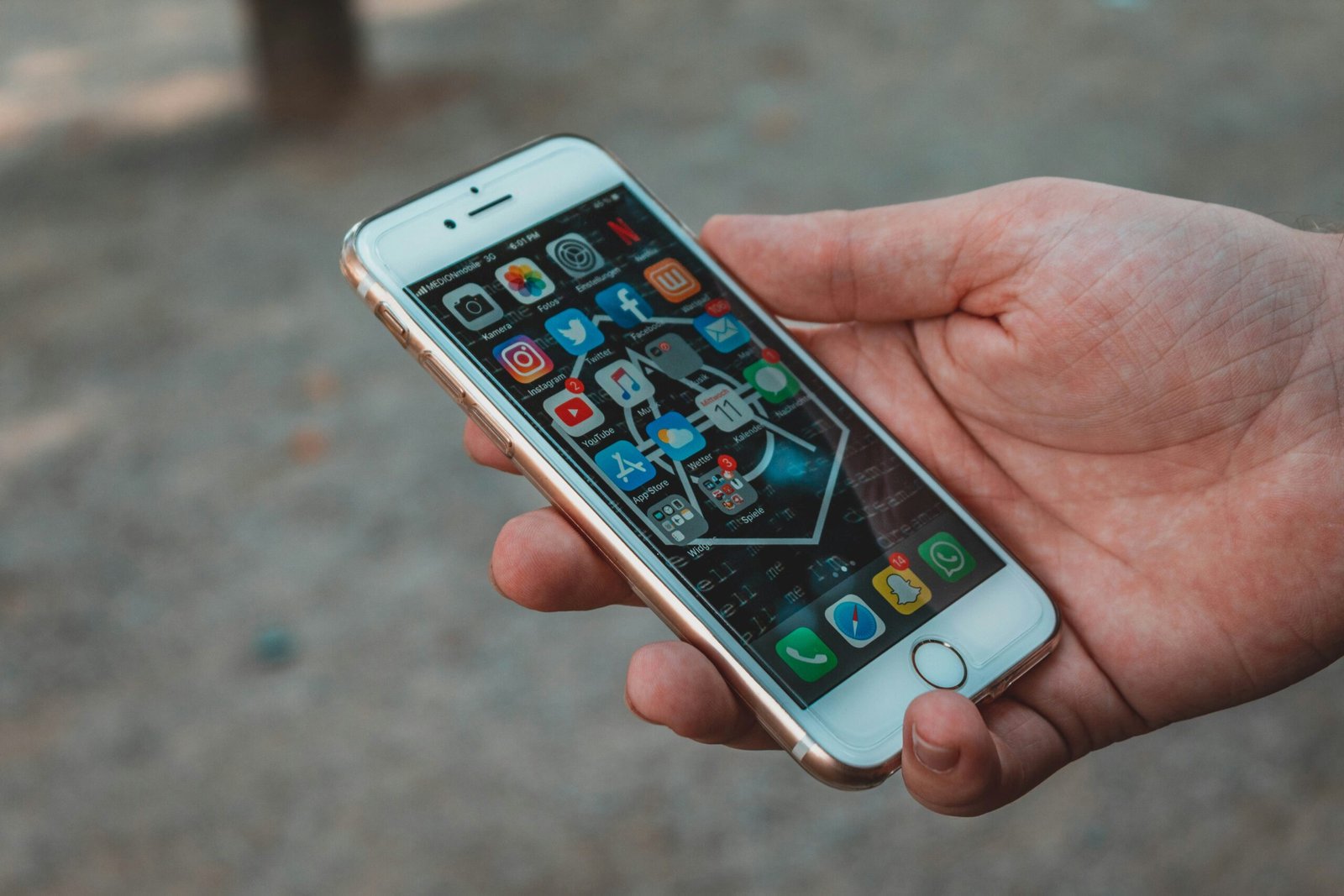Introduction to WhatsApp Connectivity Options
WhatsApp has become a cornerstone in digital communication, allowing users to connect with friends, family, and colleagues seamlessly across various devices. The traditional method of connecting WhatsApp accounts typically involves scanning a QR code, a process designed to ensure a secure and straightforward pairing of devices. However, there are several alternate connectivity options available that allow users to establish connections without the reliance on QR codes, enhancing flexibility and convenience.
In scenarios where QR code scanning may not be feasible—due to issues such as poor camera function, lighting conditions, or even a lack of physical proximity—users can explore other methods. For instance, utilizing the WhatsApp web version, users can log in through their mobile numbers and receive a login link sent via SMS. This method substitutes the need for a QR code altogether, allowing users to maintain continuous access to conversations through desktop or laptop devices.
Another approach includes linking multiple devices to a single WhatsApp account using WhatsApp’s built-in multi-device feature. By opting for notifications or links through the app itself, users can gain access to their accounts by entering the verification codes sent via registered phone numbers. Moreover, utilizing third-party applications or extensions can open doors to innovative connectivity options that may not require QR scanning. These methods ensure that users can send and receive messages without interruption, highlighting the importance of versatile connectivity methods.
Ultimately, equipping users with knowledge of these alternatives can promote more robust communication practices, aligning with the modern reliance on instant messaging for personal and professional interactions. Understanding the diverse ways to connect WhatsApp can significantly enhance the user experience, facilitating effective communication in various contexts.
Using Phone Number to Connect WhatsApp
Connecting WhatsApp without a QR code can be seamlessly accomplished by using your phone number. This method is particularly straightforward and suitable for those who prefer a more traditional approach. To initiate the process, ensure that your phone number is linked to your WhatsApp account. If you haven’t yet installed the app, download it from the Google Play Store or Apple App Store, then open the application.
The first step is to verify your phone number. Upon launching WhatsApp, you will be prompted to enter your mobile number. Select your country code from the dropdown menu, then input your phone number accurately. After entering the number, click on “Next,” and WhatsApp will send you a verification code via SMS. Once received, input this code to confirm your number. This verification step is essential as it not only confirms ownership of the number but also helps maintain privacy and security within the app.
After successfully linking your phone number, you will gain access to your WhatsApp account. Once logged in, you can adjust your privacy settings by navigating to the “Settings” tab. Within the settings, you can control who can see your profile picture, status updates, and last seen information. Additionally, you can block or report contacts if you feel any suspicious activity threatens your security.
Upon establishing this connection, you can begin engaging with your contacts. WhatsApp will automatically sync your contacts, allowing you to initiate conversations quickly and easily. It is crucial to remember that maintaining the security of your phone number is vital, as this information is integral to your identity on WhatsApp. Hence, avoid sharing your number indiscriminately to protect your privacy while using the application.
Connecting Through Third-Party Apps and Services
For users looking to connect their WhatsApp accounts without reliance on QR codes, third-party applications and services offer practical alternatives. These methods often enable seamless integration, although they do come with certain risks that warrant consideration. Some reputable applications that can facilitate this process include WazzapMigrator, WhatsClean, and Backuptrans WhatsApp Transfer. Each provides a distinct approach to managing WhatsApp connections.
WazzapMigrator, for instance, primarily assists in transferring chats between devices. Users can back up their WhatsApp data to the application and then restore it on a different device. To utilize this service, ensure that the device you are transferring from has a complete backup of your chats. Simply download WazzapMigrator on the new device, select the backup file and initiate the restoration process. This application particularly benefits those switching from Android to iOS.
Another useful application is WhatsClean, which helps users to retrieve specific media files from their WhatsApp messages. By installing this tool, users can easily scan their devices to identify and download the files they wish to save. The process involves connecting your device to a computer with the application installed. Once connected, follow the on-screen instructions to extract the desired media files without needing to scan a QR code.
Backuptrans WhatsApp Transfer provides a comprehensive solution to transfer messages and data between various platforms. This software allows users to create backups of their WhatsApp messages and restore them across devices seamlessly. Users should connect their device to a computer, launch Backuptrans, and follow the application’s prompts to transfer chats securely.
While these applications provide valuable functions, users must remain vigilant regarding security concerns. Utilizing third-party services poses potential risks, including data exposure and privacy issues. It is critical to choose reputable applications, perform due diligence, and read user reviews before proceeding to safeguard personal information.
Troubleshooting Common Connection Issues
Connecting to WhatsApp without a QR code can sometimes present challenges. Users may encounter issues stemming from connectivity problems, app-related bugs, or device compatibility concerns. Identifying these problems is the first step toward effective troubleshooting, and several common scenarios are often reported.
One prevalent issue is related to internet connectivity. If your device fails to maintain a stable connection while trying to connect to WhatsApp, ensure that you are using a reliable Wi-Fi network or that your mobile data is properly activated. Occasionally, switching networks can resolve temporary connectivity hiccups. Furthermore, if you’re using a VPN, it may hinder the app’s ability to connect properly; try disabling it to see if the situation improves.
Another common issue lies with the app itself. If WhatsApp is outdated, various bugs may impede its functionality. It’s advisable to check for updates regularly in your device’s app store and install the latest version of WhatsApp. Additionally, app cache accumulation can cause performance issues. Clear the app cache through your device settings to potentially restore normal functionality.
Device settings can also affect app connectivity. Ensure that WhatsApp has the necessary permissions to function properly, including access to data and background usage. If these settings are not correctly configured, it may lead to connection failures. In some cases, restarting your phone can also provide a quick solution, refreshing the system and clearing any temporary glitches.
Should these troubleshooting steps fail to resolve your issues, consider visiting WhatsApp’s official support page or their help center. There, users can find a plethora of resources, including FAQs and guides tailored to specific problems. Reaching out to their support channels can assist in rectifying persistent connection difficulties. By following these tips, you can troubleshoot many issues that might arise when connecting to WhatsApp without a QR code.


